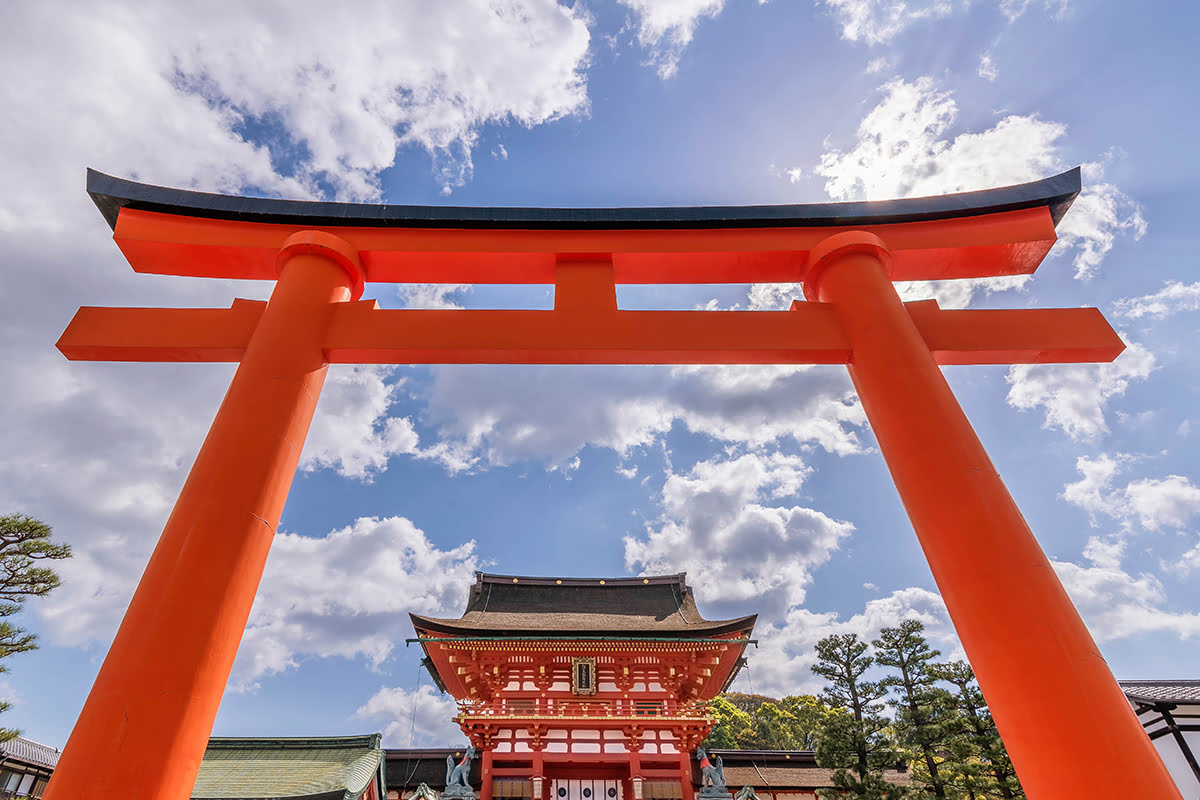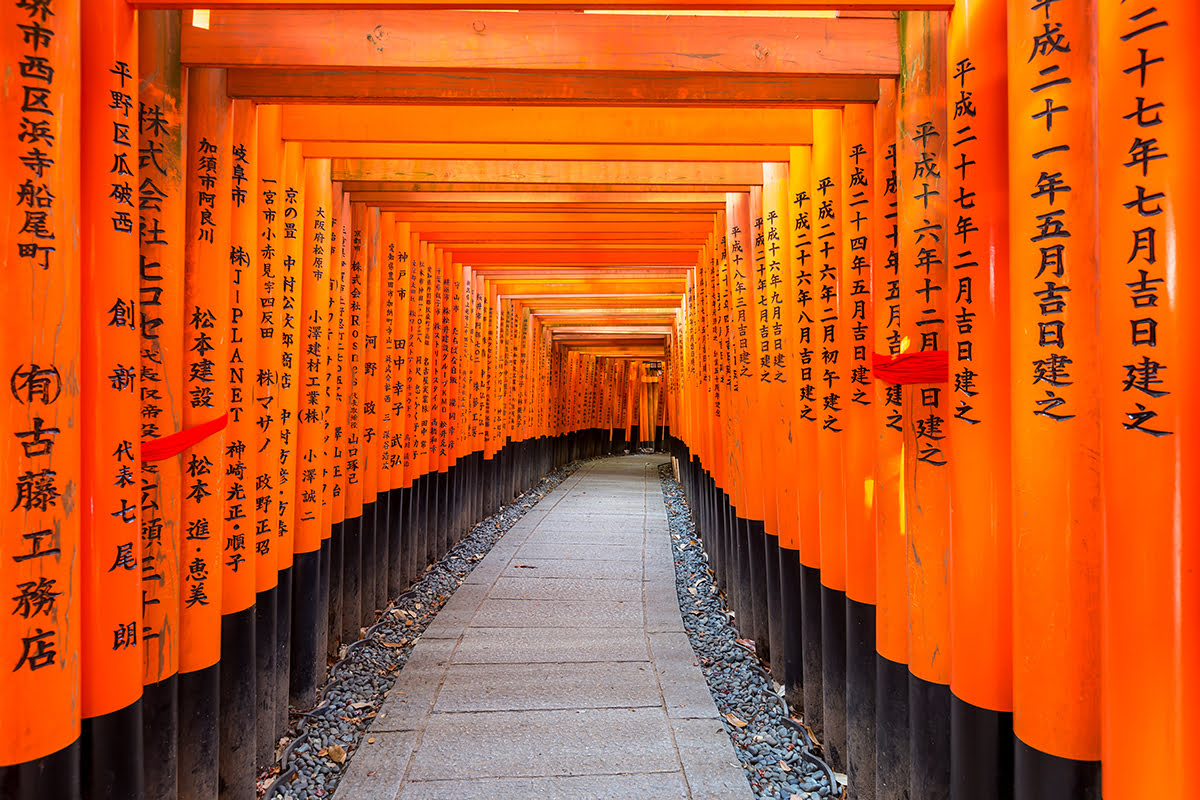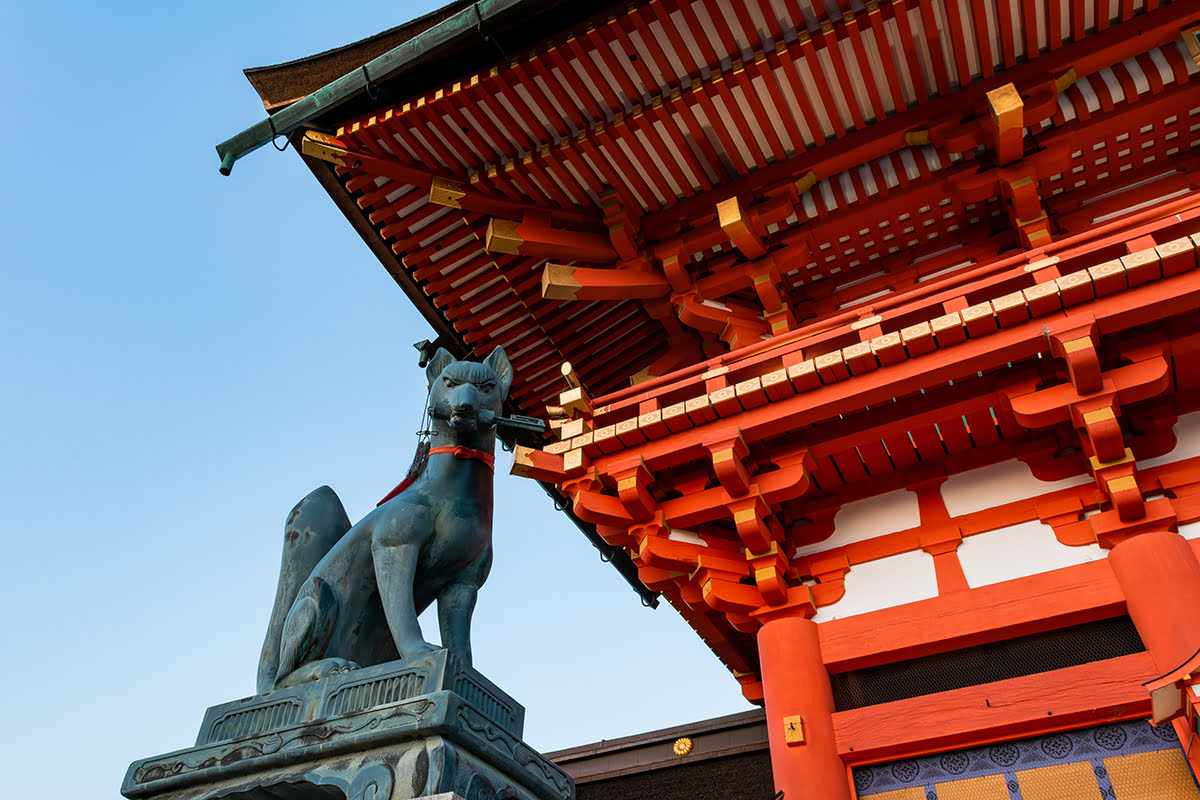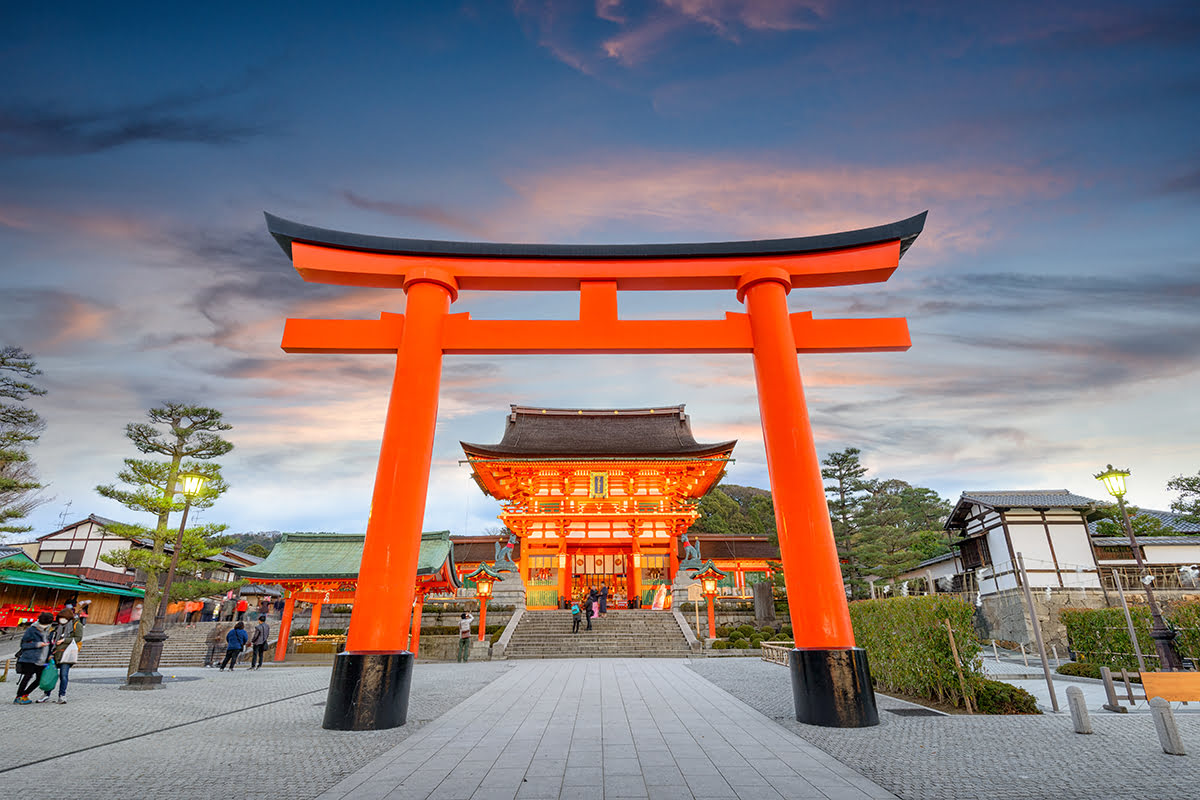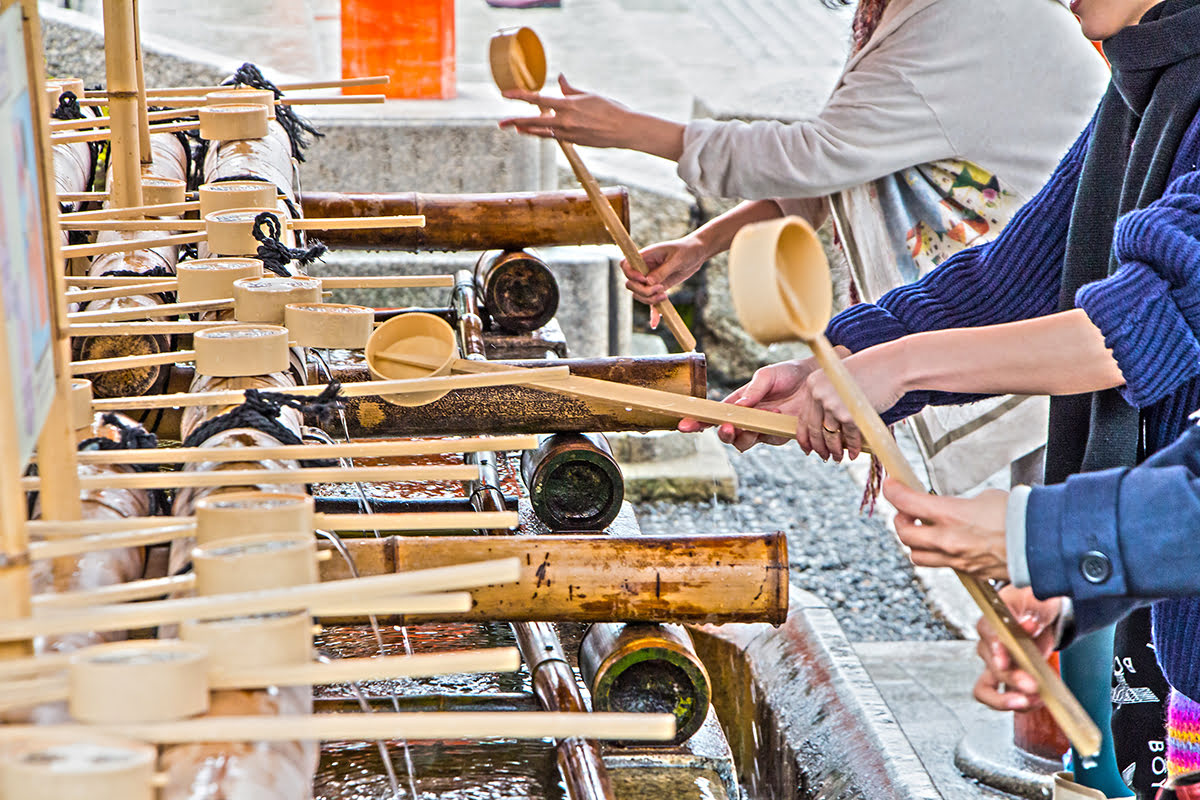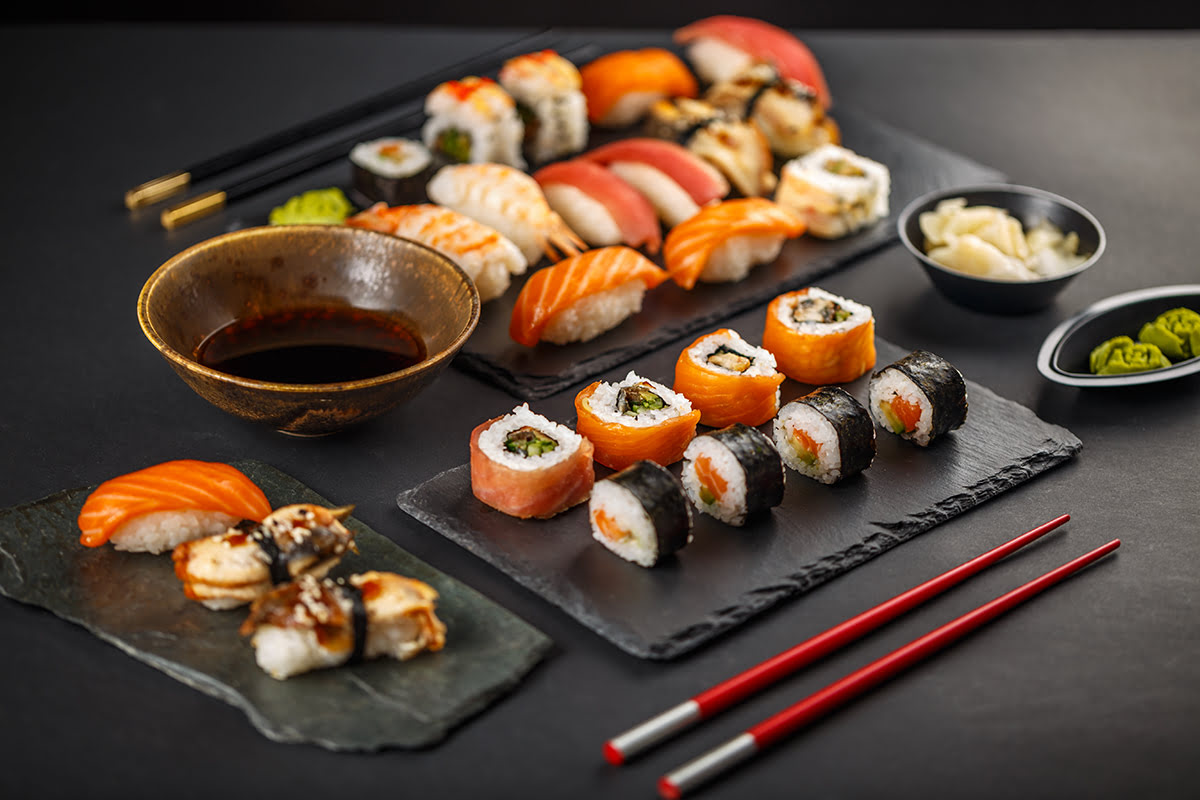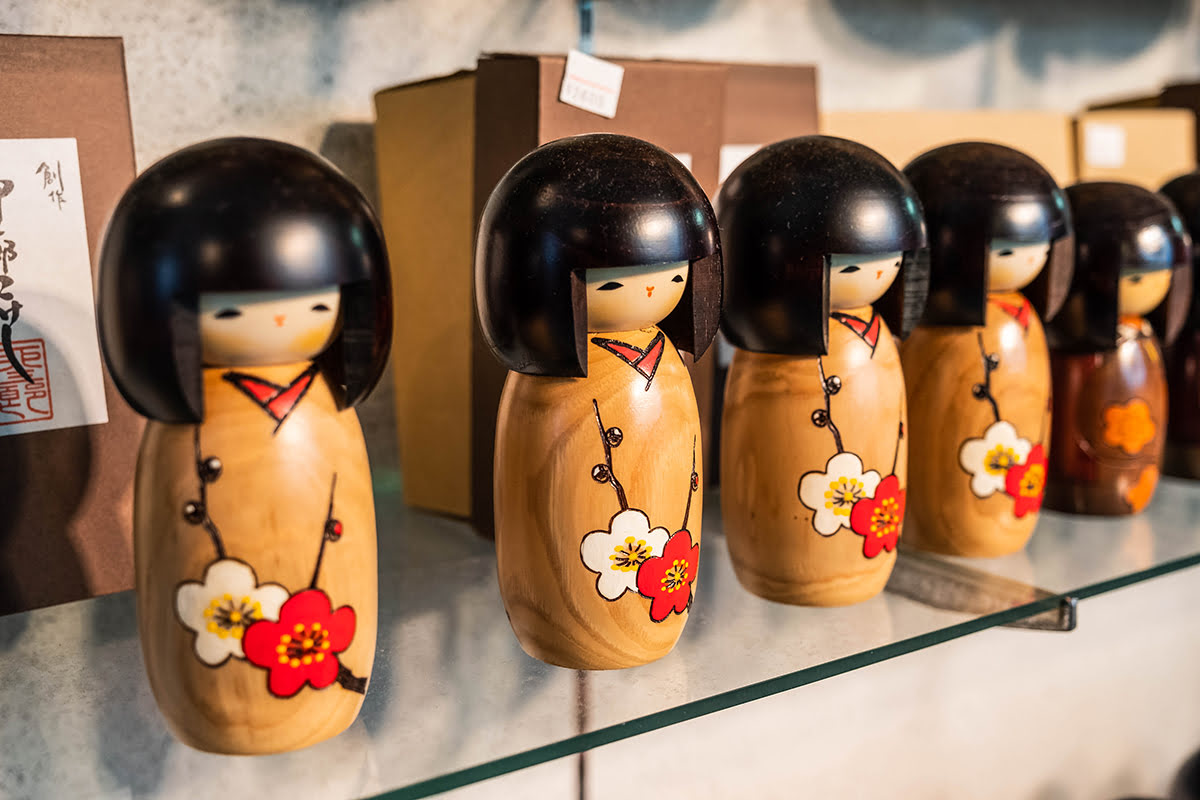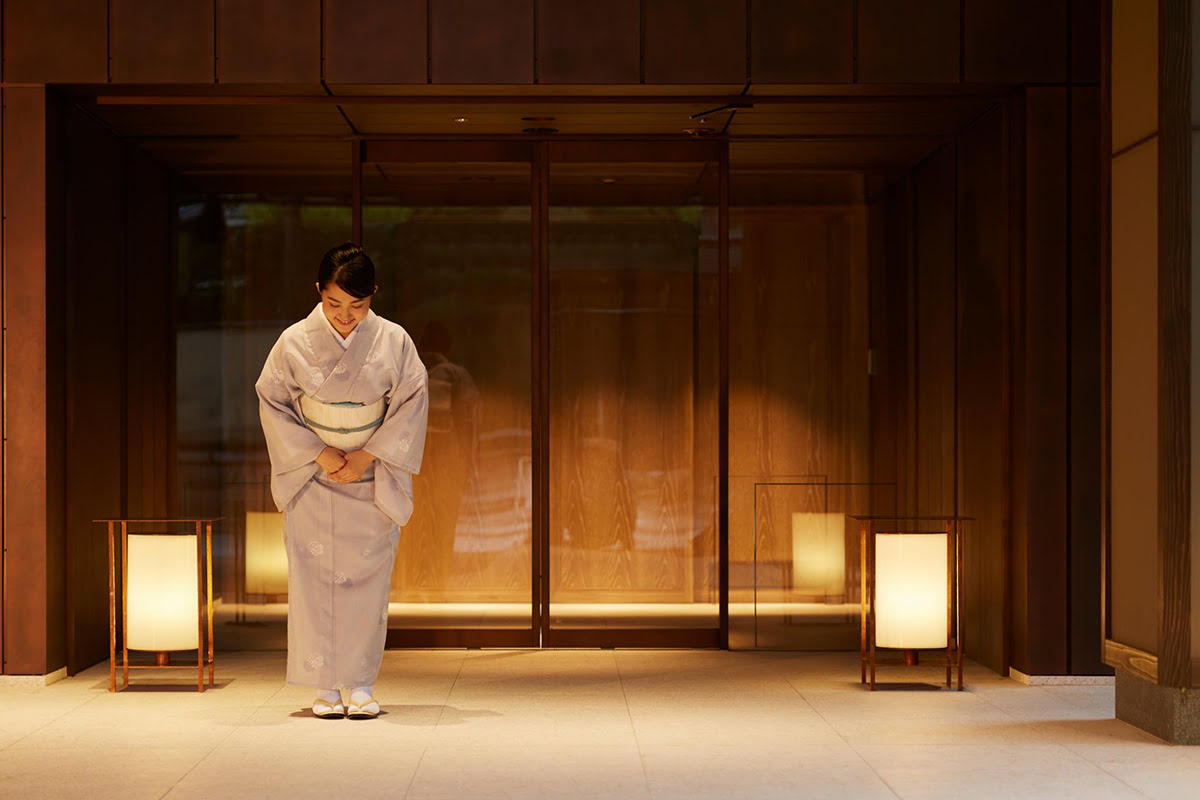Fushimi Inari Shrine | Hike Through the Famous Torii Gates in Kyoto

Southern Kyoto is filled with incredible religious tourist attractions, from historic temples to peaceful shrines. One shrine that belongs on every travel bucket list is Fushimi Inari Shrine, located at the base of the Inari mountain. Also known as Fushimi Inari Taisha, this incredibly beautiful attraction has over a thousand years of history and has even been seen in movies and on television. Join the millions of tourists who visit this religious landmark every year with this guide to the shrine and its thousand vermilion shrine gates.
An Introduction to Fushimi Inari Shrine
Fushimi Inari Taisha is easily one of Kyoto’s top attractions, one that makes it onto most traveler’s sightseeing bucket lists. The main shrine structure was constructed in 1499 to honor the kami (holy power) Inari Okami, one of the principal kami of the Shinto religion. The honden (main hall) and heiden (hall of offerings) are incredible to behold, with ornamental carvings and vivid colors. The shrine is also surrounded by fox-shaped sculptures and fountains to represent Inari, the kami of foxes. After presenting an offering and saying a prayer to the kami, head out to the grounds to see the vermilion torii gates.
The Vermilion Torii & the Inari Mountain Hike
The walkway of reddish-orange torii (traditional Japanese Shinto gates) is one of the features that makes this shrine so special. Two rows made up of hundreds of vermillion torii gates (known as Senbon Torii) are located behind Fushimi Inari Shrine and line a path that winds up the mountain. All of Fushimi Inari Shrine’s Senbon Torii were donated by Japanese businesses, as a way to honor the kami, ask for a wish, or say thanks for a wish that was granted. Each gate is printed with the business name and the date that it was donated. While the Senbon Torii are the most famous attractions at Fushimi Inari Shrine, the grounds actually contain more than 10,000 (and some say up to 32,000!) torii gates of different shapes and sizes.
The Senbon Torii path is about five kilometers long and takes about two to three hours to hike from the start point to the top. Visitors who cannot walk the entire distance may turn around at any point, as long as they are not disruptive to other hikers. It is recommended for tourists to hike at least 45 minutes up to Yotsutsuji intersection, a ledge about halfway up the mountain that offers incredible views from above of Southern Kyoto City. After Yotsutsuji intersection, the path spirals up to the mountain summit. There are also several smaller shrines along the way to visit. Since most tourists focus on the main shrine and the lower path, there will be less crowding and more opportunities to take pictures with the vermilion torii further up the mountain.
FIND & BOOK A HOTEL IN KYOTO TODAY
Fushimi Inari Shrine: Admission and Hours of Operation
Visitors to southern Kyoto will have no problem fitting in a trip to Fushimi Inari Shrine, as the Shrine is open 24 hours a day, seven days a week. It is lit at night to facilitate visits after sundown. There is also no admission fee, making it a popular attraction for budget-conscious travelers. For those who are strapped for time, it can be a quick visit during the day or at night to see the shrine and the main pathway of gates. While the shrine is very beautiful, most tourists may prefer to have the entire experience of the main shrine and the mountain hike, which can take several hours.
Getting to Fushimi Inari Shrine
Fushimi Inari Shrine is easily accessible by rail. From Kyoto Station, travel about five minutes to JR Inari Station, then walk about a minute more to the shrine. Since Kyoto Station is one of the city’s busiest railway stops, visitors should have no problem getting there, no matter where in Kyoto they’re coming from. Fushimi Inari Station is also quite close by. It will take about three minutes to walk to that station.
Fushimi Inari Shrine: Japanese Prayer Etiquette
Since Fushimi Inari Shrine is a religious landmark, tourists should familiarize themselves with Japanese prayer etiquette before visiting. There are specific procedures to follow to be respectful and get the full experience. It’s also important to note that Japanese temples have different traditional routines to follow, so tourists who will visit shrines and temples should be briefed on the etiquette for both.
- Before entering the shrine gate, bow or nod slightly to show respect to the altar.
- It is considered respectful to walk along the edge of the path, rather than in the middle.
- Along the path will be a trough of water and several ladles. With a ladleful of water, wash both hands and pour some water into cupped hands to cleanse the mouth. Visitors should never put the ladle directly to their lips.
- In the main hall, there will be an offertory box where visitors may ring the bell and deposit some coins. Ringing the bell is a symbolic gesture meant to signal a visitor’s arrival and a way to ask for the gods to listen to their prayers.
- The procedure for silently offering prayers is as follows: bow deeply twice (to a 90-degree angle), quietly clap twice, then join palms and pray. Finish by bowing deeply once more.
- Upon leaving the shrine, it is customary to once again bow in the direction of the altar.
- Shrines are a sacred space for calm and respectful behavior. Children should be instructed not to run around, make loud noises, or otherwise be disruptive.
- In addition to maintaining respectful noise levels, visitors should also respect the shrine building, grounds, and surrounding statues. Take care not to damage any part of the shrine and always dispose of garbage properly.
- Taking pictures may not be permitted in all parts of the shrine, so be sure to read the signs before pulling out the camera.
FIND & BOOK A HOTEL IN KYOTO TODAY
Dining & Shopping near Fushimi Inari Shrine
Since it is such a busy tourist spot, there are several dining and shopping options available near Fushimi Inari Shrine. Some are located at the base of the mountain, allowing visitors to fuel up before the big hike. There is also a cafe higher up on the mountain for those who need a break before the descent. There are many fun souvenir shops in the surrounding area where travelers can pick up a few gifts to bring home or something to remind them of their trip to the shrine.
Where to Eat
- Vermillion Espresso Bar: Located just outside Fushimi Inari Shrine, this cute little cafe specializes in espresso made using locally roasted Kyoto coffee beans. Tea and other coffee drinks are also available, as well as baked goods and light snacks.
- Vermillion Cafe: Another branch of the Vermillion restaurant is located about halfway up the mountain. This cafe also serves delicious hot tea and coffee drinks, as well as sandwiches around lunchtime and a light menu all day.
- Inari Saryo: This cute little cafe in the mountains specializes in matcha ice cream and other matcha-flavored desserts. There are many indoor and outdoor tables available for a quick rest.
- Ramen Hiwamatanoboru: This small restaurant close to the mountain serves affordable ramen dishes with thick, rich soup broths. Tourists can order their custom bowls from a vending machine.
- Fushimi Inari Taisha Sanshuden: A great spot at the base of the mountain for authentic Japanese cuisine. This restaurant is open daily from 10:00 AM to 2:00 PM.
Where to Shop
- Fushimi Dolls Takahata: Beautiful handcrafted dolls and figurines made of clay.
- Sohonke Sogyoku-do: Fresh, homemade fortune cookies and inari senbei (fox-shaped crackers).
- Inari Specialty Museum: Little gifts like fox statues, masks, and miniature vermilion torii replicas.
- Aeon Mall Kyoto: There are also several shopping malls north of the shrine near Kyoto Station, like Aeon Mall Kyoto, a five-floor mall with retail shops and a movie theater, supermarket, and arcade.
- Kyoto Avanti: Also located near Kyoto Station, this six-floor mall features a large food court, various fashion boutiques, a large bookstore, and a manga and anime outlet.
FIND & BOOK A HOTEL IN KYOTO TODAY
Hotels near Fushimi Inari Shrine
Many of the best hotels in Kyoto are located within a reasonable distance of Fushimi Inari Shrine. These four- and five-star luxury hotels offer special amenities to keep guests comfortable as they recharge after days filled with sightseeing. All three of these hotels also have top ratings and reviews from real former guests.
- Daiwa Royal Hotel Grande Kyoto: This fabulous four-star hotel is located just over two kilometers from the Shrine and within walking distance to other sightseeing spots like Kyoto Tower and Sanjusangendo Hall. Daiwa Royal Hotel Grande Kyoto offers deluxe rooms and suites with modern appeal.
- Hotel The Celestine Kyoto Gion: For a relaxing trip to Kyoto, there’s no better hotel to select than Hotel The Celestine Kyoto Gion. The rooms are filled with convenient amenities like tea and coffee makers, and there’s a communal bathhouse and gorgeous Japanese garden on-site.
- Miyako Hotel Kyoto Hachijo: With almost a thousand guest rooms, Miyako Hotel Kyoto Hachijo is the perfect hotel for family reunions, weddings, or business meetings. This great four-star hotel also has several souvenir shops, boutique stores, and bars and restaurants.
Check In to a hotel in Kyoto
 Daiwa Royal Hotel Grande Kyoto
Daiwa Royal Hotel Grande Kyoto
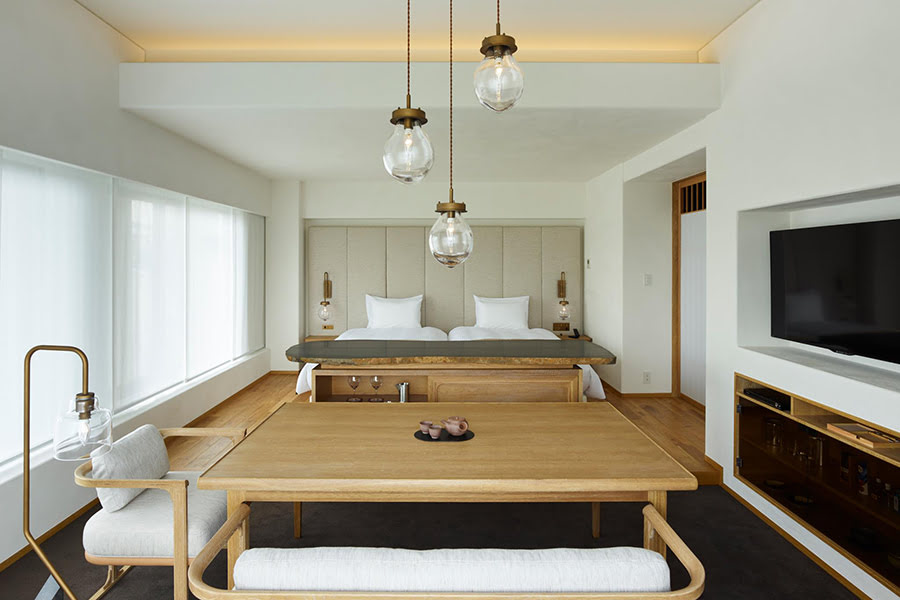 Hotel The Celestine Kyoto Gion
Hotel The Celestine Kyoto Gion
Step Out to Fushimi Inari Shrine
You may also like

Unlock the secrets of Kuantan with a local's guide to the best day trips around the city. Explore hidden beaches, lush jungles, and rich cultural sites for an unforgettable Malaysian adventure.

Embark on an eco-friendly journey through Cameron Highlands, where verdant tea plantations, misty forests, and sustainable practices await. Discover serene landscapes, engage in conservation efforts, and immerse yourself in the local culture.
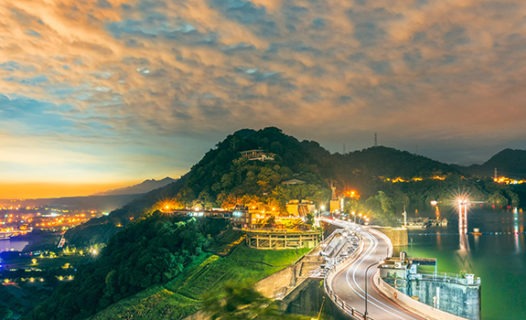
Discover Taoyuan: A hidden gem of Taiwan blending ancient heritage with modern marvels. Explore serene landscapes, thrill-packed parks, and culinary delights in our day-by-day travel guide.
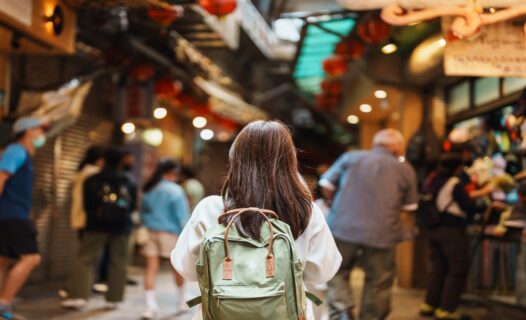
Embark on a vibrant journey through Hualien, Taiwan, with our ultimate travel guide. From thrilling night market adventures to serene natural escapes and cultural explorations, discover the essence of Hualien and create unforgettable memories.
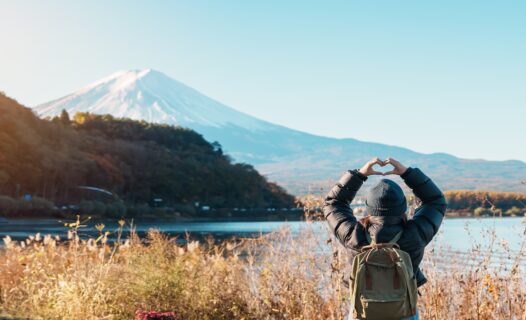
Discover the enchanting blend of traditional crafts and modern finds in our Ultimate Guide to Shopping in Fujikawaguchiko. Explore artisanal shops, local markets, and unique souvenirs against the majestic backdrop of Mount Fuji.
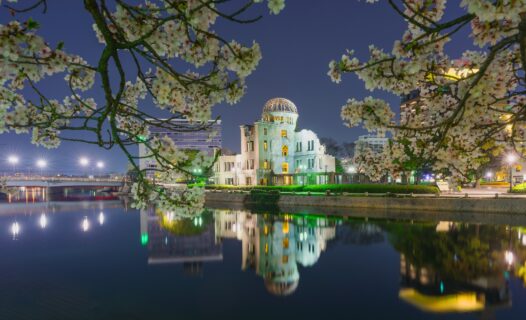
Dive into our 4-day Hiroshima travel guide, exploring iconic sites, hidden gems, and culinary delights. From the Peace Memorial Park to quaint streets of Onomichi, discover the vibrant spirit and serene beauty of Hiroshima.

Embark on a 3-day journey through Chicago's historic jazz and blues scene. From iconic clubs to live performances, discover the soul of the Windy City. Read now!

Embark on a spiritual journey with a touch of luxury. Dive into our curated guide to the most exclusive 5-star hotels in Mecca, each offering serene retreats, divine comfort, and close proximity to the Holy Mosque.

Dive into Houston’s vibrant food scene with our 4-day culinary journey guide. From iconic BBQ to global cuisines, explore the tastes that make Houston a top foodie destination.
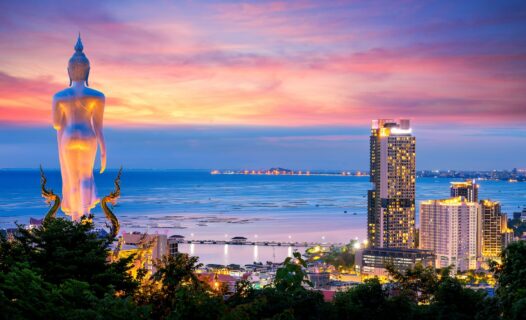
Embark on a flavorful journey through Chonburi with our Food Lover's Guide. Discover hidden culinary gems, local delicacies, and unforgettable dining experiences in Thailand's coastal paradise.

Dive into Rome's vibrant nightlife & culinary scene with our guide. From hidden wine bars to traditional eateries, taste the city's rich flavors and history.

Unlock the secrets of Barcelona's most enchanting boutique hotels, where luxury meets personalized service. Explore our curated guide to discover hidden gems offering unique experiences, unmatched comfort, and a gateway into the heart of Catalonia's vibrant capital.
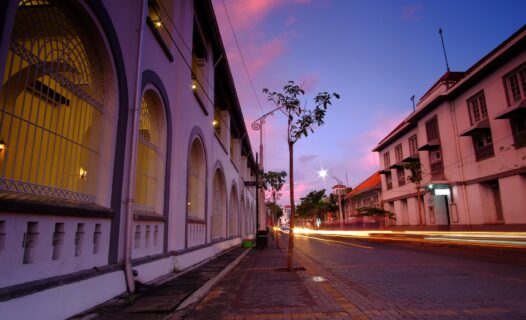
Dive into the vibrant nightlife of Semarang with our exclusive 5-night itinerary. From historic walks under the stars to beachside bars and live music venues, discover the city's best-kept secrets with Agoda.

Embark on an unforgettable journey through Melbourne with our comprehensive 3-day travel guide. From iconic laneways and street art to lush gardens and nightlife, unlock the secrets of Australia's cultural capital.

Unlock the best of Vung Tau with our guide to top waterfront hotels! Experience luxury, views, and unmatched beach access for the perfect seaside getaway.
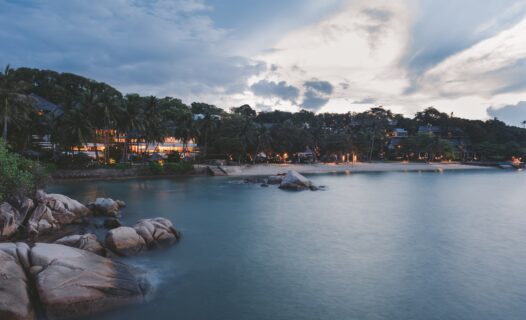
Discover Batam Island, the hidden gem of Southeast Asia, with our ultimate travel guide. Explore pristine beaches, rich culture, culinary delights, and thrilling adventures.

Discover Kuching: A Complete Guide to Borneo's Hidden Gem. Explore historical landmarks, vibrant cultural scenes, lush national parks, and culinary delights.

Embark on an unforgettable journey through Malang with our comprehensive travel guide. Discover the city's vibrant culture, breathtaking natural wonders, and culinary delights.

Discover the best of Kuantan in 3 unforgettable days. Dive into our guide for the ultimate itinerary covering serene beaches, rich local culture, and delicious cuisine.

Embark on a life-changing 7-day spiritual journey in Mecca with our comprehensive guide. Discover sacred sites, enrich your faith, and immerse in Islamic culture.

Uncover the serene beauty of Cameron Highlands with our exclusive 3-day itinerary. From lush tea plantations to sweet strawberry farms and mystical hikes, embark on an unforgettable journey.

Southern Kyoto is filled with incredible religious tourist attractions, from historic temples to peaceful shrines. One shrine that belongs on every travel bucket list is Fushimi Inari Shrine, located at the base of the Inari mountain. Also known as Fushimi Inari Taisha, this incredibly beautiful attraction has over a thousand years of history and has even been seen in movies and on television. Join the millions of tourists who visit this religious landmark every year with this guide to the shrine and its thousand vermilion shrine gates.
An Introduction to Fushimi Inari Shrine
Fushimi Inari Taisha is easily one of Kyoto’s top attractions, one that makes it onto most traveler’s sightseeing bucket lists. The main shrine structure was constructed in 1499 to honor the kami (holy power) Inari Okami, one of the principal kami of the Shinto religion. The honden (main hall) and heiden (hall of offerings) are incredible to behold, with ornamental carvings and vivid colors. The shrine is also surrounded by fox-shaped sculptures and fountains to represent Inari, the kami of foxes. After presenting an offering and saying a prayer to the kami, head out to the grounds to see the vermilion torii gates.
The Vermilion Torii & the Inari Mountain Hike
The walkway of reddish-orange torii (traditional Japanese Shinto gates) is one of the features that makes this shrine so special. Two rows made up of hundreds of vermillion torii gates (known as Senbon Torii) are located behind Fushimi Inari Shrine and line a path that winds up the mountain. All of Fushimi Inari Shrine’s Senbon Torii were donated by Japanese businesses, as a way to honor the kami, ask for a wish, or say thanks for a wish that was granted. Each gate is printed with the business name and the date that it was donated. While the Senbon Torii are the most famous attractions at Fushimi Inari Shrine, the grounds actually contain more than 10,000 (and some say up to 32,000!) torii gates of different shapes and sizes.
The Senbon Torii path is about five kilometers long and takes about two to three hours to hike from the start point to the top. Visitors who cannot walk the entire distance may turn around at any point, as long as they are not disruptive to other hikers. It is recommended for tourists to hike at least 45 minutes up to Yotsutsuji intersection, a ledge about halfway up the mountain that offers incredible views from above of Southern Kyoto City. After Yotsutsuji intersection, the path spirals up to the mountain summit. There are also several smaller shrines along the way to visit. Since most tourists focus on the main shrine and the lower path, there will be less crowding and more opportunities to take pictures with the vermilion torii further up the mountain.
FIND & BOOK A HOTEL IN KYOTO TODAY
Fushimi Inari Shrine: Admission and Hours of Operation
Visitors to southern Kyoto will have no problem fitting in a trip to Fushimi Inari Shrine, as the Shrine is open 24 hours a day, seven days a week. It is lit at night to facilitate visits after sundown. There is also no admission fee, making it a popular attraction for budget-conscious travelers. For those who are strapped for time, it can be a quick visit during the day or at night to see the shrine and the main pathway of gates. While the shrine is very beautiful, most tourists may prefer to have the entire experience of the main shrine and the mountain hike, which can take several hours.
Getting to Fushimi Inari Shrine
Fushimi Inari Shrine is easily accessible by rail. From Kyoto Station, travel about five minutes to JR Inari Station, then walk about a minute more to the shrine. Since Kyoto Station is one of the city’s busiest railway stops, visitors should have no problem getting there, no matter where in Kyoto they’re coming from. Fushimi Inari Station is also quite close by. It will take about three minutes to walk to that station.
Fushimi Inari Shrine: Japanese Prayer Etiquette
Since Fushimi Inari Shrine is a religious landmark, tourists should familiarize themselves with Japanese prayer etiquette before visiting. There are specific procedures to follow to be respectful and get the full experience. It’s also important to note that Japanese temples have different traditional routines to follow, so tourists who will visit shrines and temples should be briefed on the etiquette for both.
- Before entering the shrine gate, bow or nod slightly to show respect to the altar.
- It is considered respectful to walk along the edge of the path, rather than in the middle.
- Along the path will be a trough of water and several ladles. With a ladleful of water, wash both hands and pour some water into cupped hands to cleanse the mouth. Visitors should never put the ladle directly to their lips.
- In the main hall, there will be an offertory box where visitors may ring the bell and deposit some coins. Ringing the bell is a symbolic gesture meant to signal a visitor’s arrival and a way to ask for the gods to listen to their prayers.
- The procedure for silently offering prayers is as follows: bow deeply twice (to a 90-degree angle), quietly clap twice, then join palms and pray. Finish by bowing deeply once more.
- Upon leaving the shrine, it is customary to once again bow in the direction of the altar.
- Shrines are a sacred space for calm and respectful behavior. Children should be instructed not to run around, make loud noises, or otherwise be disruptive.
- In addition to maintaining respectful noise levels, visitors should also respect the shrine building, grounds, and surrounding statues. Take care not to damage any part of the shrine and always dispose of garbage properly.
- Taking pictures may not be permitted in all parts of the shrine, so be sure to read the signs before pulling out the camera.
FIND & BOOK A HOTEL IN KYOTO TODAY
Dining & Shopping near Fushimi Inari Shrine
Since it is such a busy tourist spot, there are several dining and shopping options available near Fushimi Inari Shrine. Some are located at the base of the mountain, allowing visitors to fuel up before the big hike. There is also a cafe higher up on the mountain for those who need a break before the descent. There are many fun souvenir shops in the surrounding area where travelers can pick up a few gifts to bring home or something to remind them of their trip to the shrine.
Where to Eat
- Vermillion Espresso Bar: Located just outside Fushimi Inari Shrine, this cute little cafe specializes in espresso made using locally roasted Kyoto coffee beans. Tea and other coffee drinks are also available, as well as baked goods and light snacks.
- Vermillion Cafe: Another branch of the Vermillion restaurant is located about halfway up the mountain. This cafe also serves delicious hot tea and coffee drinks, as well as sandwiches around lunchtime and a light menu all day.
- Inari Saryo: This cute little cafe in the mountains specializes in matcha ice cream and other matcha-flavored desserts. There are many indoor and outdoor tables available for a quick rest.
- Ramen Hiwamatanoboru: This small restaurant close to the mountain serves affordable ramen dishes with thick, rich soup broths. Tourists can order their custom bowls from a vending machine.
- Fushimi Inari Taisha Sanshuden: A great spot at the base of the mountain for authentic Japanese cuisine. This restaurant is open daily from 10:00 AM to 2:00 PM.
Where to Shop
- Fushimi Dolls Takahata: Beautiful handcrafted dolls and figurines made of clay.
- Sohonke Sogyoku-do: Fresh, homemade fortune cookies and inari senbei (fox-shaped crackers).
- Inari Specialty Museum: Little gifts like fox statues, masks, and miniature vermilion torii replicas.
- Aeon Mall Kyoto: There are also several shopping malls north of the shrine near Kyoto Station, like Aeon Mall Kyoto, a five-floor mall with retail shops and a movie theater, supermarket, and arcade.
- Kyoto Avanti: Also located near Kyoto Station, this six-floor mall features a large food court, various fashion boutiques, a large bookstore, and a manga and anime outlet.
FIND & BOOK A HOTEL IN KYOTO TODAY
Hotels near Fushimi Inari Shrine
Many of the best hotels in Kyoto are located within a reasonable distance of Fushimi Inari Shrine. These four- and five-star luxury hotels offer special amenities to keep guests comfortable as they recharge after days filled with sightseeing. All three of these hotels also have top ratings and reviews from real former guests.
- Daiwa Royal Hotel Grande Kyoto: This fabulous four-star hotel is located just over two kilometers from the Shrine and within walking distance to other sightseeing spots like Kyoto Tower and Sanjusangendo Hall. Daiwa Royal Hotel Grande Kyoto offers deluxe rooms and suites with modern appeal.
- Hotel The Celestine Kyoto Gion: For a relaxing trip to Kyoto, there’s no better hotel to select than Hotel The Celestine Kyoto Gion. The rooms are filled with convenient amenities like tea and coffee makers, and there’s a communal bathhouse and gorgeous Japanese garden on-site.
- Miyako Hotel Kyoto Hachijo: With almost a thousand guest rooms, Miyako Hotel Kyoto Hachijo is the perfect hotel for family reunions, weddings, or business meetings. This great four-star hotel also has several souvenir shops, boutique stores, and bars and restaurants.
Check In to a hotel in Kyoto
 Daiwa Royal Hotel Grande Kyoto
Daiwa Royal Hotel Grande Kyoto
 Hotel The Celestine Kyoto Gion
Hotel The Celestine Kyoto Gion
Step Out to Fushimi Inari Shrine
You may also like
